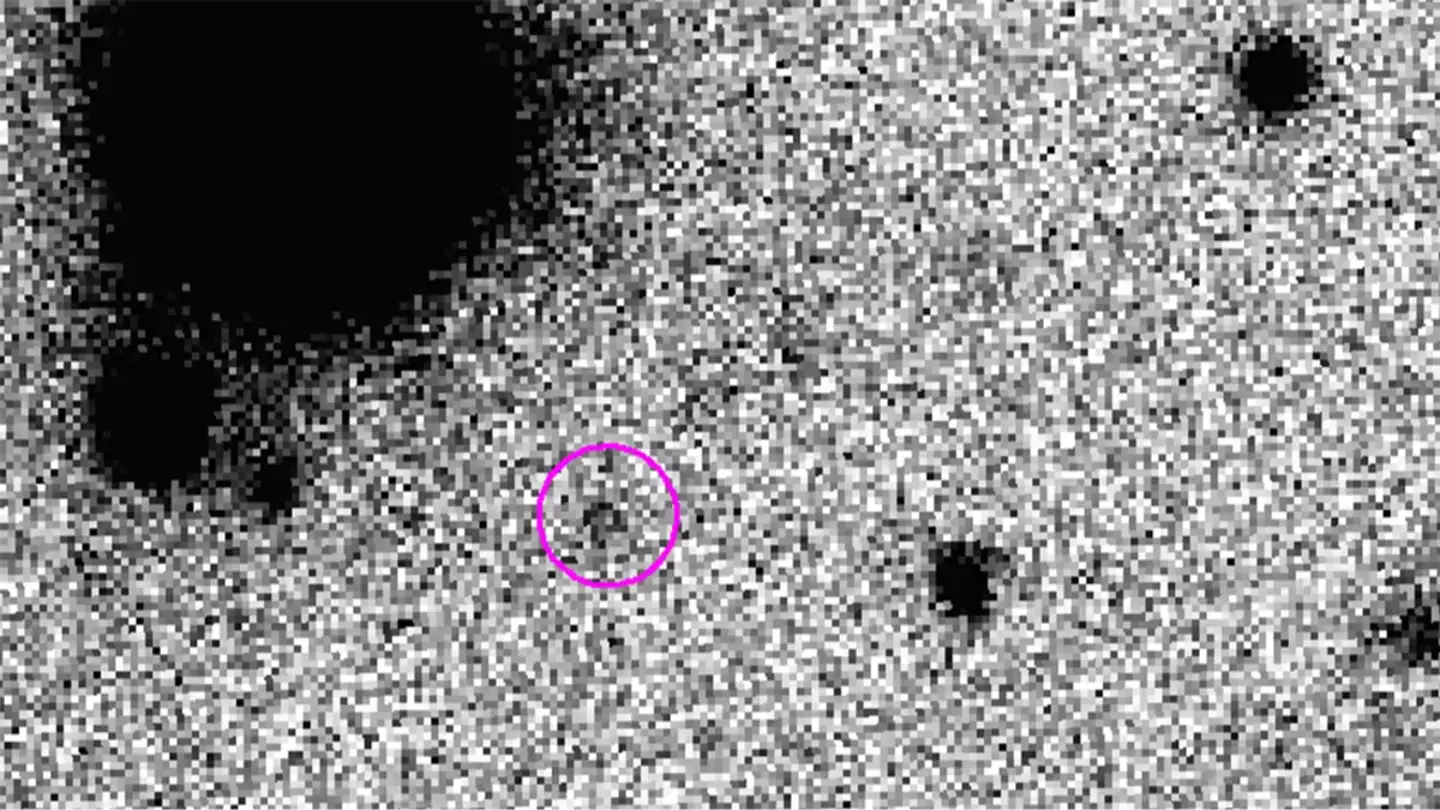
Featured Image Credit: NAOJ/ASIAA
Topics: Space, Earth, World News, Science

Topics: Space, Earth, World News, Science
Liv Bridge is a digital journalist who joined the UNILAD team in 2024 after almost three years reporting local news for a Newsquest UK paper, The Oldham Times. She's passionate about health, housing, food and music, especially Oasis...
@livbridge